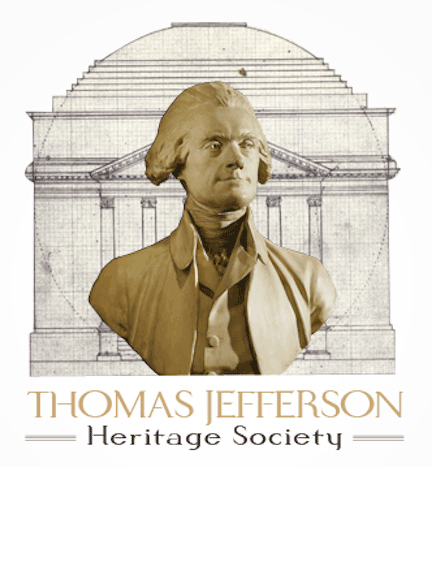What is the Jefferson Bible
When Thomas Jefferson was vice president, he promised Benjamin Rush a “letter on Christianity.” It was not until 1803, when Jefferson read a short treatise by Joseph Priestley, Socrates and Jesus Compared, that Jefferson was motivated to sketch out his syllabus, which he sent to Rush. He called it “Syllabus of an Estimate of the Merit of the Doctrines of Jesus, Compared with Those of Others" It was, Jefferson wrote, “the result of a life of inquiry & reflection and very different from that anti-Christian system imputed to me by those who know nothing of my opinions.”
Throughout his lifetime, Jefferson supported many Christian churches, both with donations and personal attendance. By his presidency, he was having private doubts whether the message of Jesus had been corrupted by his followers. Even so, he admired the “system of morals taught by Jesus as “the most perfect and sublime that has ever been taught by man.” Although a serious student of the Bible and one who turned to it for personal comfort and a source of advice, it was Jefferson’s reluctance to view the Bible as inerrant, or that Jesus was divine, that later drew the opposition of Orthodox Christians.
It was Jefferson’s hope that Priestley would take his syllabus and develop a new presentation of the Christian gospel. It is doubtful this would have occurred because Priestley believed that the bible was inspired. When Priestley died shortly after, the task was left to Jefferson. He deleted from the text of the New Testament the storyline of Jesus’ life, leaving a digest of Jesus words, He referred to this project as “too hastily done..the work of 2 or 3 nights only.”
Jefferson titled this work “The Philosophy of Jesus of Nazareth… Being an Abridgment of the New Testament for the Use of the Indians.” Jefferson was concerned with the missionary work to convert the Indians, but it was never published or distributed to the Indians. It became a personal reference and he referred to it as an “operation for my own use.”
Jefferson went no further with the project, but he had not forgotten it as a task to be done. In 1813, perhaps reminded by the death of Benjamin Rush, he sent the syllabus to John Adams. Adams encouraged him to finish the project but Jefferson did not return to it until 1819. Jefferson’s original manuscript has been lost, but that project has been re-created by Mark Beliles.
When he finally brought himself to the task, he apparently put aside “The Philosophy of Jesus.” Proceeding anew, he cut and pasted extracts from four translations of the gospels in Greek, Latin, French and English, leaving out the historical Jesus, until he had a narrative mainly of his moral teachings. Jefferson called it the “Life and Morals of Jesus of Nazareth.” The actual completion date is assumed to be 1820.
This work was never published or distributed by Jefferson. Even his family did not know of its existence until after his death. It became public in 1895 when it was obtained by the Smithsonian. It was later referred to as “The Jefferson Bible.” Jefferson did not intend this effort to be a new “bible,” but to capture the moral philosophy of Jesus in his own words.

